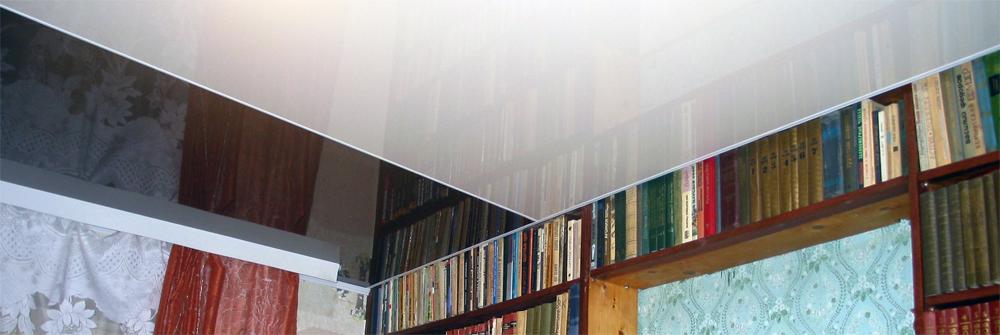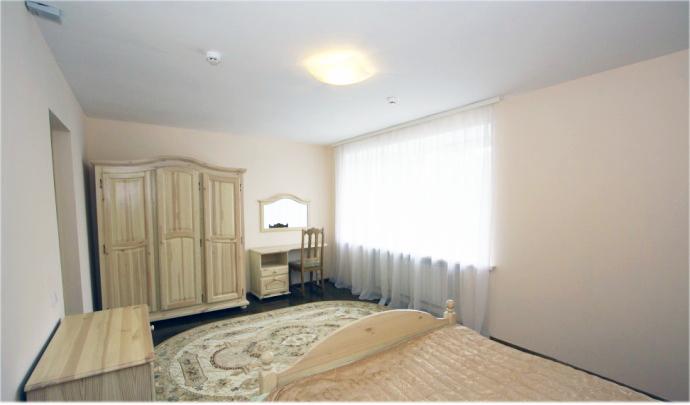Stretch ceilings: a new level of technology and aesthetics in interiors.
New level of technology and aesthetics - stretch ceilings

Did you know that people subconsciously fear rooms? In general — any of them. When entering an unfamiliar room, a person first scans the space around them. Instinct makes them look for additional escape routes and assess the surroundings. And they immediately look up — an unexpected attack from above is practically a guaranteed victory for the attacker.
Today, a person entering a room or hall still raises their eyes even though there is no danger there anymore. There is only the ceiling of the room.
This introduction leads to the conclusion about the importance of ceiling finishes when arranging an interior. Try to amaze a guest right away with how you renovated the space above their head, and I assure you, if they are impressed by that renovation, they may not notice minor flaws in the finish of other elements of the room.
Strangely, until quite recently the construction industry could not offer anything particularly outstanding in this area. The ceiling is the hardest place to finish; anyone who has ever done renovations in their home knows this. At best, ordinary homeowners could try to level the surface as much as possible (a hellish job, by the way) and paint it white. There were also so-called ceiling wallpapers, which were twice as difficult to glue as wall wallpapers, and the surface had to be leveled perfectly.
In public spaces they created artistic painted ceilings; only the state and the church could afford to hire artists to paint ceilings.
Ordinary citizens who wanted artistic ceilings made do with plaster moldings.
But the time came, and at the end of the 20th century in France a technology was developed that, without any doubt, revolutionized people's ideas of what a ceiling should look like. These are stretch ceilings.
Stretch ceilings have been known for a long time; stretching fabric across a ceiling began back in ancient times. But only the use of modern synthetic materials made this technology available to everyone.
PVC film is attached to special brackets installed on the walls, then heated with a heat gun, and the stretch ceilings are ready.
As is known, PVC tends to contract (important not to overheat!), and this produces the perfectly flat surface that amazes everyone who sees stretch ceilings.
By the way, there's no need to be afraid of a synthetic or "chemical" smell — stretch ceilings practically have no odor.
One can assert that the level of flatness provided by stretch ceilings cannot be achieved by other methods.
Stretch ceilings have indeed taken construction and renovation technologies to a new level. Stretch ceilings are a different aesthetic of interior design. More precisely, stretch ceilings create a new aesthetic. With the appearance of stretch ceilings, the homeowner decides what the surface above their head should look like. Stretch ceilings can be stylized as a celestial dome with drifting clouds or stars. Or stretch ceilings with a pattern repeating the frescoes of da Vinci in St. Peter's Basilica. How do you like that? You could admire the artwork by looking up, like the Pope.
Jokes aside, the technology of photo printing on PVC film has made any design on stretch ceilings possible — it is limited only by your imagination. With the emergence of this new, truly revolutionary technology, our homes will no longer be the same. The aforementioned hellish labor of plasterers will go into the past. And most importantly, our rooms, halls, bedrooms, even bathrooms (stretch ceilings are not affected by dampness), will acquire a completely different appearance, I am absolutely sure of that.
Author Pyzhov Source www.potolky.ru
